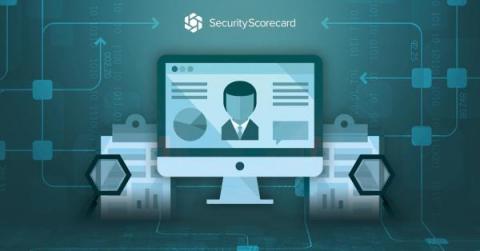The Different Types of Risk Assessment Methodologies
Risk is inherent to all businesses, regardless of your industry — and to prevent those risks from causing harm, you must first know what threats you are facing. The foundation of any successful risk management program is a thorough risk assessment, which can take many forms depending on what methodology best suits your needs.




